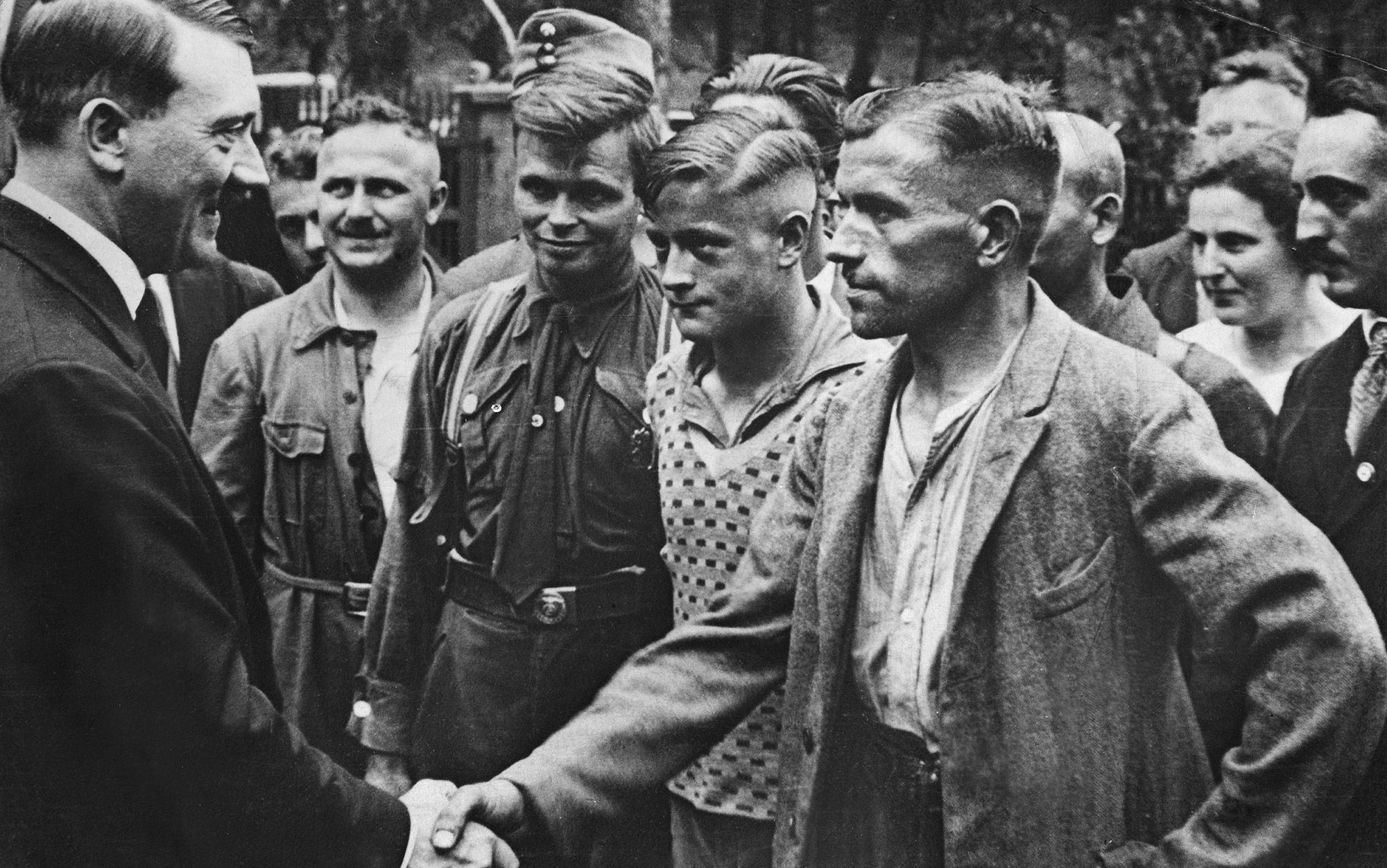by JONATHAN WOLFF

Fascism promised radical national renewal and supreme power to the people. Are we in danger of a fascist revival today?
Ours is the age of the rule by ‘strong men’: leaders who believe that they have been elected to deliver the will of the people. Woe betide anything that stands in the way, be it the political opposition, the courts, the media or brave individuals. While these demonised guardians of freedom are belittled, brushed aside or destroyed, vulnerable groups, such as refugees, immigrants, minorities and those living in poverty, bear the brunt. What can be done to halt or reverse this process? And what will happen if we simply stand by and watch? Some commentators see parallels with the rise of fascism in the 1930s. Others agree that democracy is under threat but suggest that the threats are new. A fair point, but with its dangers. Yes, we must attend to new threats, but old ones can reoccur too.
Stefan Zweig, the Austrian author of Jewish descent, saw his books burnt in university towns across Germany in 1933. His memoirs paint a picture in which everything was normal until it wasn’t. But it would be wrong to think that we can predict how things will turn out. Who foresaw where we are now? The French philosopher Simone Weil, writing in 1934, probably had it right: ‘We are in a period of transition; but a transition towards what? No one has the slightest idea.’
Liberal democratic institutions, such as those we have now, exist only so long as people believe in them. When that belief evaporates, change can be rapid. Beware leaders riding a wave of crude nationalism. Beware democracy submerging into a vague notion of the will of the people. But why now? In 1920s Germany, it was obvious. The novelist and journalist Joseph Roth remarked:
Without the free food [that the unemployed man in Hamburg] gets in assembly halls he would starve to death. And in these assembly halls, where people used to go to smooch and drink, they are now daubing swastikas and Soviet stars on the grimy walls.
Mass unemployment isn’t what threatens us today. Instead, we’re facing something closer to the situation observed by Hannah Arendt in 1951:
It is as though mankind had divided itself between those who believe in human omnipotence … and those for whom powerlessness has become the major experience of their lives.
Powerlessness can lead to detachment. But it can also lead to exuberant support for whomever seems to be on your wavelength. This is what happened in the 1930s. In considering the parallels between then and now, the Irish journalist Emily Lorimer’s book What Hitler Wants (1939) – written in October 1938, a month before Kristallnacht, and just after the German occupation of Czechoslovakia – is a remarkable resource. Lorimer realised that the English translation of Hitler’s Mein Kampf (1925) was highly censored; for example, it left out Hitler’s detailed plans to invade England. Few English people could read German, so Lorimer set out to make an English-language digest and summary of the key elements of the book. She suggested that three key elements drove Hitler’s initial plans: a concern for workers’ rights; a desire to create a purely German state; and violent opposition to social democracy.
Aeon for more